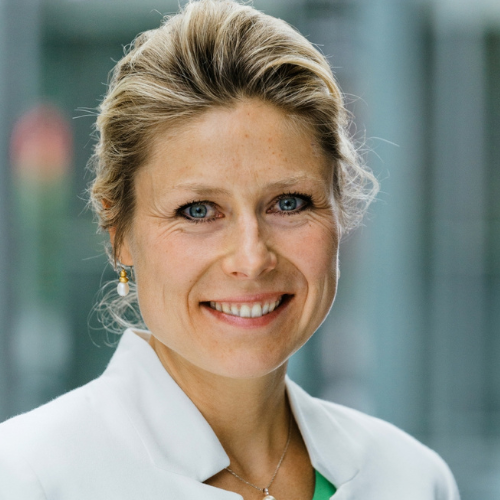Event
NTN, Security & Resilience
19. September 2025
08:45 - 15:30
 iStock_c_Eoneren_1582945542_M,
iStock_c_Eoneren_1582945542_M,
The NTN, Security & Resilience event explored how non-terrestrial networks can enhance the security, resilience, and sovereignty of future 6G communications through European initiatives such as IRIS² and distributed satellite architectures. Experts from the European Commission, Fraunhofer IIS, Rohde & Schwarz, and the University of the Bundeswehr highlighted the importance of 3GPP standardisation, interoperability, and sustainable design for integrating satellite and terrestrial networks into one secure ecosystem.
The Thinknet 6G event “NTN, Security & Resilience”, organized in partnership with DLR, brought together leading stakeholders from research, industry, and European institutions to discuss the secure and resilient integration of non-terrestrial networks (NTN) into next-generation communication systems. The one-day session focused on the role of satellite-based and distributed network architectures in achieving sovereign, secure, and standardised connectivity for 6G.
The European Commission presented IRIS² (Infrastructure for Resilience, Interconnectivity and Security by Satellite) as the new EU flagship constellation providing secure governmental and commercial communications. The programme combines LEO, MEO and GEO satellite layers with 5G NTN capabilities, supporting both regenerative and transparent modes. It aims to ensure sovereign European space infrastructure, promote open standards, include SMEs and New Space actors, and enable multi-orbit, quantum-ready and sustainable operation.
Fraunhofer IIS outlined the 3GPP standardisation path that underpins IRIS². Since Release 17, satellite communications are fully integrated into 5G specifications, with further enhancements in Releases 18–20 addressing GNSS-resilient operation, seamless mobility, and multi-band Ku/Ka terminals. The institute emphasised that 6G development will include NTNs from day one, ensuring convergence between terrestrial and non-terrestrial infrastructures and enabling future upgrades of IRIS² toward resilience, positioning, and timing (PNT) services.
The University of the Bundeswehr Munich introduced research on distributed satellite architectures to enhance mission-critical (MC) services and direct-to-device (D2D) communication. Distributed Satellite Systems (DSS) can improve link performance, enable dynamic beamforming, and balance computation across multiple satellites, thereby increasing reliability and reducing vulnerability to single-point failures. The concept was shown to support resilient communications in disaster scenarios and secure data collection for intelligence and situational awareness.
Rohde & Schwarz addressed the regulatory and standardisation landscape required to ensure interoperability, spectrum efficiency, and security across terrestrial and space-based systems. Topics included ITU and EU regulatory frameworks, spectrum coordination, and the transition from proprietary to standardised solutions. The presentation highlighted mission-critical 5G/6G networks, the Future-G standard for defence interoperability, and the growing need for testing and monitoring tools to manage interference, validate compliance, and secure global connectivity.
Throughout the event, speakers converged on a common message: building resilient and secure NTN infrastructures demands coordinated effort across research, industry, and policy. Standardisation through 3GPP and EU initiatives such as IRIS² will play a decisive role in creating trustworthy, interoperable, and future-proof communication systems.
Key Takeaways
- IRIS² marks a major step toward sovereign European secure connectivity, integrating 5G NTN standards, multi-orbit design, and quantum-ready features.
- 3GPP standardisation is the backbone of NTN integration, with Releases 17–20 enabling full satellite support and 6G alignment.
- Distributed Satellite Systems (DSS) enhance resilience and performance for mission-critical and direct-to-device applications.
- Standardisation and regulation are essential for spectrum efficiency, security, and interoperability between terrestrial and space networks.
- Resilience, sovereignty and sustainability define the European approach to integrating NTNs into the 6G ecosystem
 Sandro Scalise,
Sandro Scalise,



 Thomas Heyn,
Thomas Heyn,

Moderation:
 Sandro Scalise,
Sandro Scalise,

